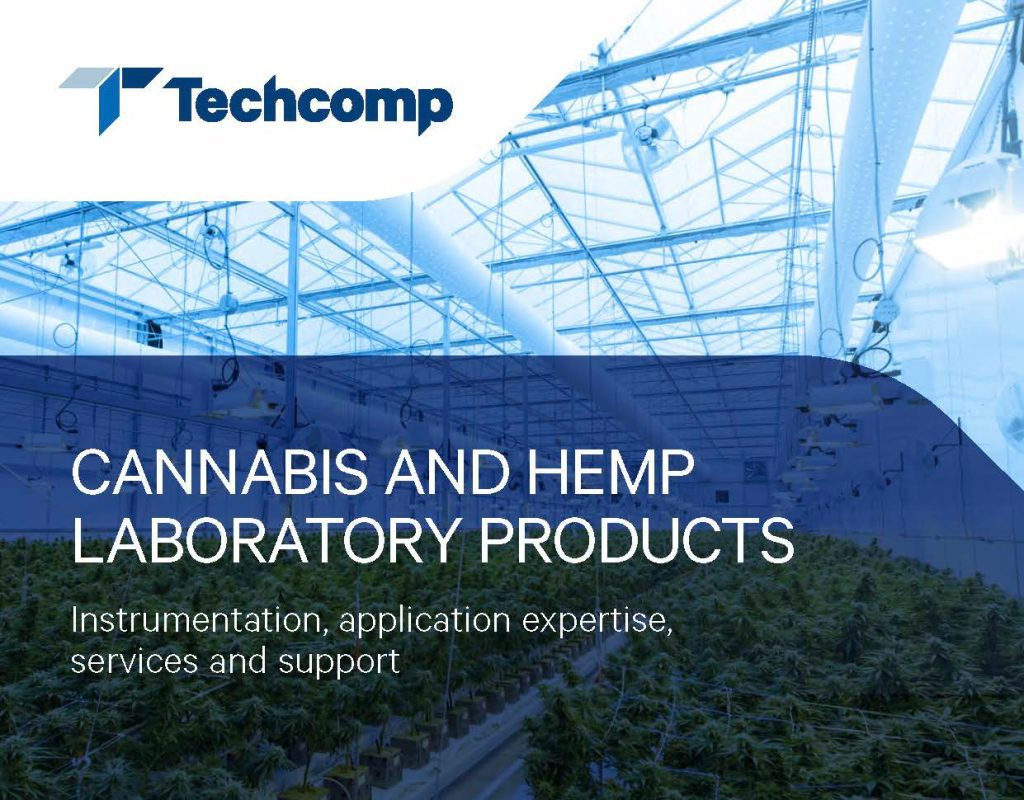Cannabis – Profiling and Quantification
Introduction:
The global cannabis market is projected to grow rapidly over the next few years, with medicinal usage becoming more generally accepted, and recreational use likely to rise with emerging changes in legalization.
To assure quality, meet regulatory requirements and certify products, careful management of samples and accurate testing and analysis is essential to succeed in this developing and competitive marketplace.
Description:
Once the cannabis or cannabis product is produced a suite of further tests are needed to profile and characterize the product. This may be required by regulatory bodies and to demonstrate the quality of the product.
With the growing market and increasing number of medicinal formulations, the testing requirements are becoming more stringent and producers need to demonstrate the quality, potency and safety of their product to meet regulatory requirements, achieve certification and differentiate it from those of inferior quality or containing impurities. In addition, testing and analysis plays a critical role in Forensic Toxicology laboratories worldwide.

SCION Instruments offers a range of proven solutions for the testing and profiling of cannabis products. Full information is provided below, including detailed applications notes for each testing solution.
A ‘One Stop Shop’ for Cannabis Laboratories
Download the Cannabis and Hemp Laboratory Products brochure, and discover how SCION Instruments along with our other Techcomp sister companies can provide you with cannabis testing laboratory solutions for everything from crop growth optimization, sample storage and preparation to moisture analysis, profiling and quantification.
Cannabis Potency
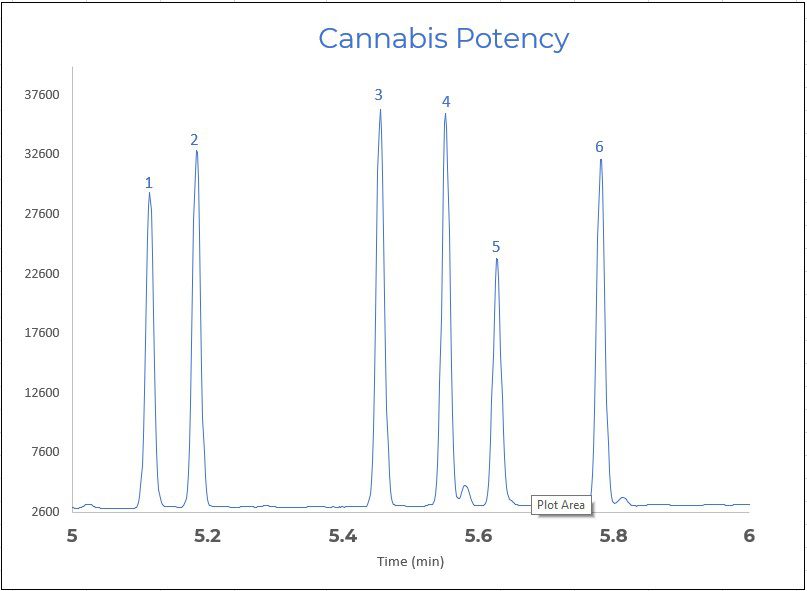
Hemp and cannabis are becoming more popular because of legalization in multiple countries, particularly for medical cannabis.
The increase of this market also increases the offer of alternative products (edibles and e-liquids) that contain very different levels of cannabinoids than the content described on the label. There are strict regulations regarding the cannabinoid content in such products so it is vital that these levels are routinely monitored.
Solutions include:
- Cannabis Potency by GC-FID (data available with nitrogen, hydrogen or helium as carrier gas) (using 8300 GC/8500 GC) – LEARN MORE
- Cannabis Potency by GC-MS (using 8300 GC/8500 GC and 8700 SQ or 8900 TQ) – LEARN MORE
- Cannabis Potency by LC-DAD – LEARN MORE
Terpene profiling of cannabis
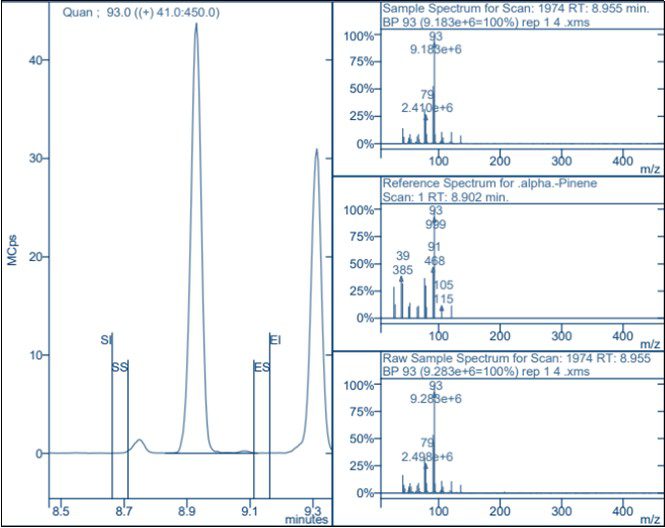
Terpenes are organic compounds in cannabis that provide the distinguished aroma and flavour. Every species or strain of cannabis has its own distinguished profile and therefore performing terpene profiling is the preferred method for determining the quality of different strains. These terpenes do not only provide flavour or aroma but also interact with the active cannabinoids to enhance their affects on humans.
Solutions include:
- Determination of Terpenes in Cannabis by GC-FID (using 8300 GC / 8500 GC) – LEARN MORE
- Determination of Terpenes in Cannabis by GC SQMS (using Headspace HT3, 8300 GC/8500 GC and 8700 SQ or 8900 TQ) – LEARN MORE
Purity and safety of cannabis
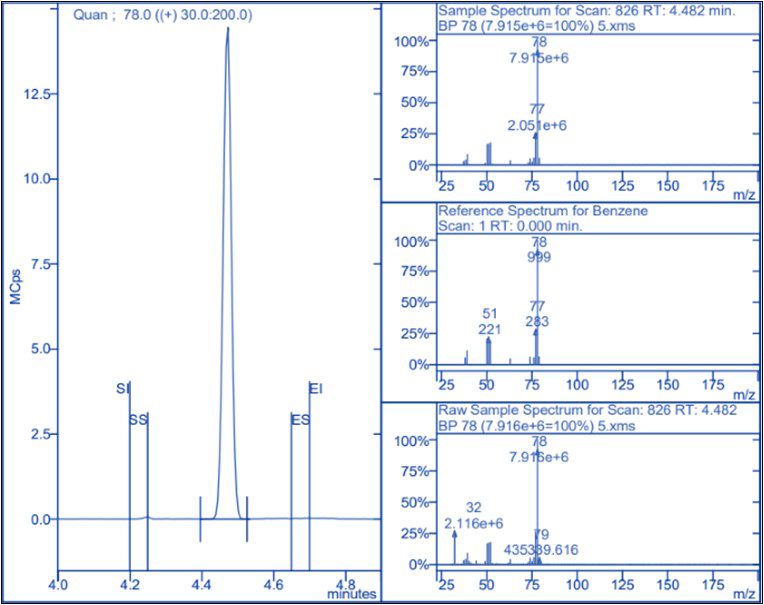
Residual Solvents, Pesticides, and Aflatoxins are organic volatile products often found on cannabis leaves. Unfortunately these Residual Solvents, Pesticides, and Aflatoxins can cause health risks when after extraction these components are not removed efficiently. Therefore it is important to monitor these components to assess the quality and safety of the product for consumption. Solutions include:
- Determination of Aflatoxins in Cannabis by LC-FLD*
- Residual Solvents in Cannabis by HS-GC-MS (using Headspace HT3, 8300 GC/8500 GC and 8700 SQ or 8900 TQ) – LEARN MORE
- Identification and Quantification of Pesticides in Cannabis by GC-TQ* (Using Headspace HT3, 8300 GC/8500 GC and 8900 TQ MS)
* Application data not yet available (Aflatoxin and Pesticide data for alternative sample matrix available), for advice contact your local sales representative
Optimal quantification of THC in blood
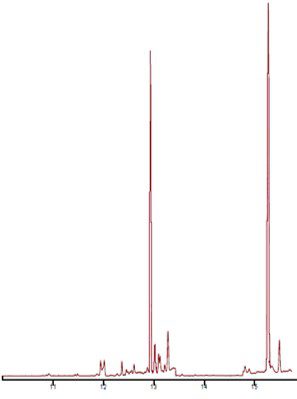
Hemp and marijuana are becoming more popular because of legalization in multiple countries and the number of cannabis users worldwide is now estimated to be over 200 million people.
However, it is illegal to drive a vehicle whilst under the influence of cannabis. Common side effects includes the feeling of euphoria, hallucinations, relaxation and even sedation.
If law enforcement officers believe a person is under the influence, the driver can be subjected to a screening test of cannabinoids in saliva. A positive result must then be confirmed by the presence and levels of the drug in a blood sample, using Gas Chromatography.
The active ingredient in cannabis is delta9-Tetrahydrocannabinol (Δ9-THC). Post ingestion, Δ9-THC is metabolised into the inactive ingredient Tetrahydrocannabinolic Acid (THCA/THCCOOH). Quantification of THCA can indicate long term use of the drug.
Drug detection limits are set by government laws and vary from country to country. The limits in the United Kingdom and Canada is 2ng/mL whereas in France the limit is 1ng/mL.
The analysis of cannabinoids from biological matrices is made easy with the SCION GC-MS. The highly sensitive and robust instrument has exceptional limit of detection for both Δ9-THC and THC-COOH. With an LOD of 0.2ng/ mL and LOQ of 0.5ng/mL, for Δ9-THC, these limits exceed the requirements specified by the laws in UK, Canada and France. Additionally, the cannabinoid analyser is capable of detecting THCCOOH at concentrations as low as 2.5ng/mL, with excellent repeatability for both cannabinoids.
Solutions include:
- Optimal Quantification of THC in Blood (using SCION 8300/8500 GC, Autosampler and SCION 8700 SQ MS) – LEARN MORE
Applications
- Cannabis Potency by GC-FID (data available with nitrogen, hydrogen or helium as carrier gas) (using 8300 GC/8500 GC) – LEARN MORE
- Cannabis Potency by GC-MS (using 8300 GC/8500 GC and 8700 SQ or 8900 TQ) – LEARN MORE
- Cannabis Potency by LC-DAD – LEARN MORE
- Determination of Terpenes in Cannabis by GC-FID (using 8300 GC / 8500 GC) – LEARN MORE
- Determination of Terpenes in Cannabis by GC SQMS (using Headspace HT3, 8300 GC/8500 GC and 8700 SQ or 8900 TQ) – LEARN MORE
- Determination of Aflatoxins in Cannabis by LC-FLD*
- Residual Solvents in Cannabis by HS-GC-MS (using Headspace HT3, 8300 GC/8500 GC and 8700 SQ or 8900 TQ) – LEARN MORE
- Identification and Quantification of Pesticides in Cannabis by GC-TQ* (Using Headspace HT3, 8300 GC/8500 GC and 8900 TQ MS)
- Optimal Quantification of THC in Blood (using SCION 8300/8500 GC, Autosampler and SCION 8700 SQ MS) – LEARN MORE

